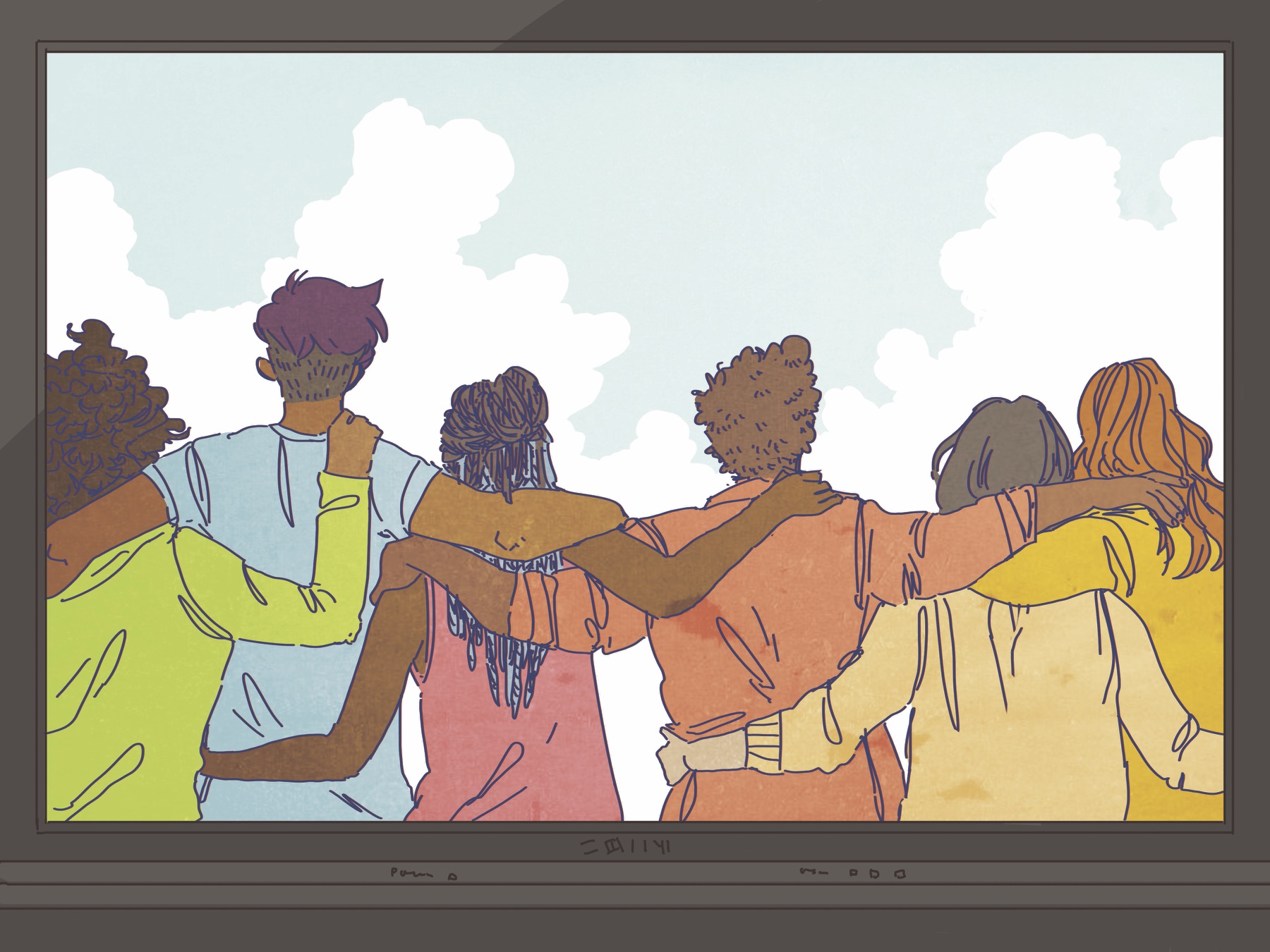As television soars through a golden age of quality programming, the long-standing debate pitting the storytelling merits of TV versus those of film has broached a new question: How do the mediums compare when it comes to representation? While both art forms operate in unison and manage to give audiences compelling reflections of everyday life, it seems that TV has succeeded in ways film has not yet managed.
TV and film productions are based in relatively the same regions, with a wide overlap in rosters of talent. If TV is better at cultural representation than film, then how has it managed to make these progressions while film hasn’t? With the Emmy Awards slated for Sept. 17, it’s as apt a time as ever to explore the question, and to assess whether TV diversity is as advanced as it appears to be.
Before digging into statistics, one might assume that, at least anecdotally, TV seems to be doing a pretty good job of looking like the world does. With people like Shonda Rhimes, Ryan Murphy, Kenya Barris, Lena Waithe, Nahnatchka Khan and Issa Rae running hugely popular shows, television has never had more to offer its audience, not just in terms of reflecting society but also in quality and craft.
The idea that television does better than film with on-screen representation might be true, but it’s important to consider why this may be and if public perception plays a role in it. Both mediums have struggled or been unwilling to incorporate a broader spectrum of voices into their stories, as evidenced by 2018 reports that white people are still overrepresented on television. The only reason that television seems to excel at this is because mainstream film has done a terrible job at heeding calls for multiculturalism and casting diversity.
“TV diversity is not great, as we know, but film is pretty abysmal,” said Darnell Hunt, the director of UCLA’s Center for African American Studies. “Women and minorities are underrepresented … in both television and film. But it’s much worse in film.” There are a few reasons why that might be, according to the Los Angeles Times.
First, the TV industry is much larger than the film industry. This means that, while TV generally has a larger output, there are also more opportunities for jobs and careers in television. Additionally, there is greater pressure on executives to create shows for the television audience, which has a broad range of demographics tuning in each night. Finally, advocacy groups have been more active in holding TV executives accountable for casting and hiring decisions.
Awards shows are also a relevant component of the representation discussion, because they can be misleading to viewers at home. The Academy Awards have been laden with controversy in recent years, and movements like #OscarsSoWhite have brought the representational imbalance to the forefront of the conversation. By contrast, the Emmy Awards have done a particularly good job at celebrating sundry identities on the small screen. This doesn’t mean that the problem is fixed, of course; in fact, it could very well be a tactic to avoid the backlash that the film industry has seen.
In 2016 and 2017, the crop of Emmy nominees and the Emmy Awards themselves were notably diverse; this was pointed out in both years by news outlets like CNN. This year, there is a record-breaking number of non-white nominees: 36, up 20 percent from last year’s 30. But experts who have conducted studies on the subject of on-screen representation warned viewers that this shouldn’t be taken as an indication that diversity is improving.
“It’s a psychological thing,” said Ana-Christina Ramón, who co-wrote the 2018 UCLA Hollywood Diversity Report. “You have a handful of examples and so you think there should be a big increase, but that’s not necessarily the case when you look at the whole population [of film and television shows] … the needle isn’t moving that much.”
That doesn’t mean that the success of shows like “Insecure,” “Atlanta,” “Dear White People” and “Fresh Off The Boat” should be brushed off. These programs do the work, not just in thoughtfully portraying real people but also in their acknowledgement of the intersection of identities, which is an enduring part of the human experience for many.
How much can one executive change the kind of programming offered by a company? ABC is home to “How To Get Away With Murder” and “Fresh Off The Boat,” but they also went ahead with the disastrous “Roseanne” reboot and scrapped an episode of “black-ish” for confronting police brutality. It’s the only major network led by a woman of color, Channing Dungey. Thus, underrepresentation is a multifaceted problem that evidently needs to be tackled from all angles.
Television appears to have made strides where film hasn’t because it’s a much larger industry, with more room for output and risk-taking. Awards shows aren’t an accurate measurement of representation levels, but it can be difficult not to visualize the industry as a reflection of nominations when they’re often the only way viewers can observe the scope of a year of programming. Consequently, representation is still not where it needs to be in either medium, and the fact that film lags further behind simply makes its small-screen counterpart look better than it is.

















